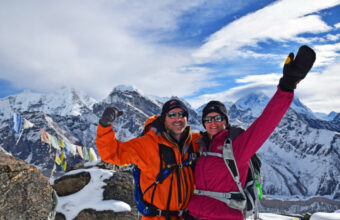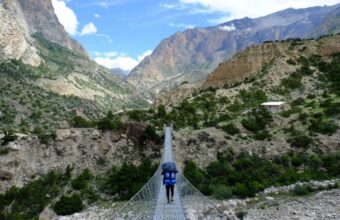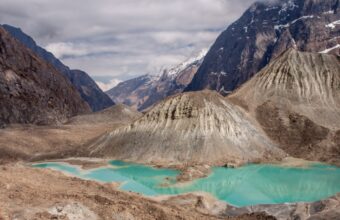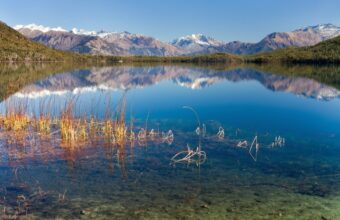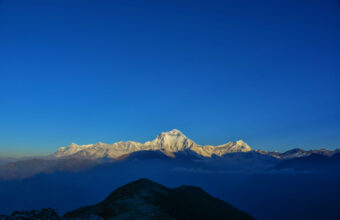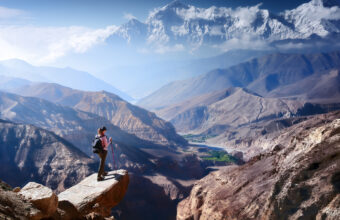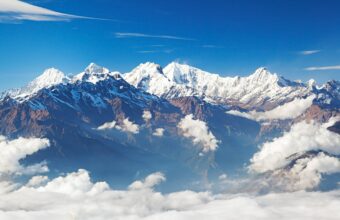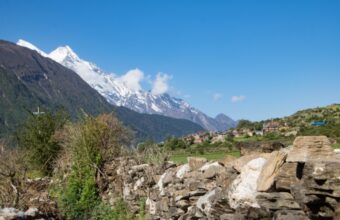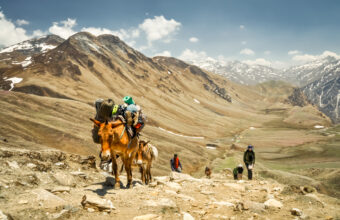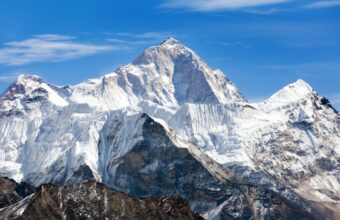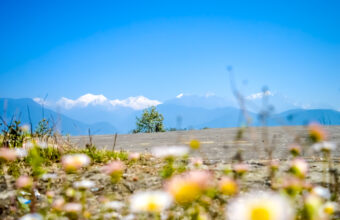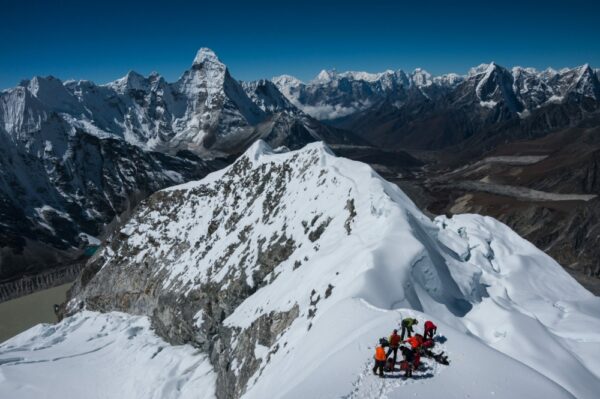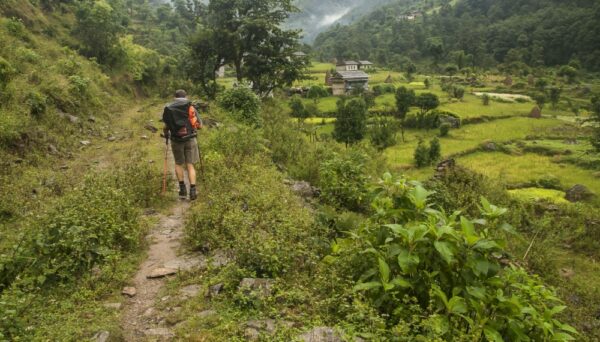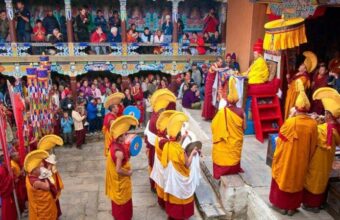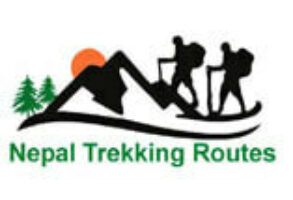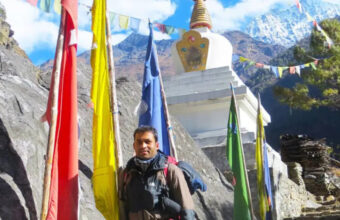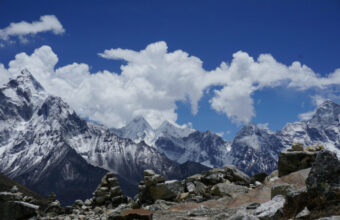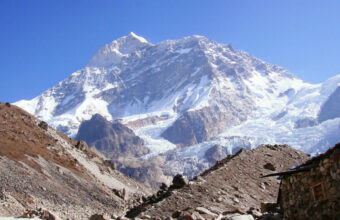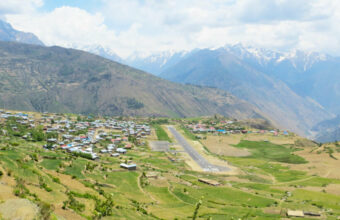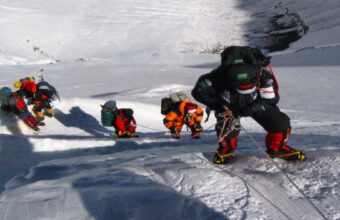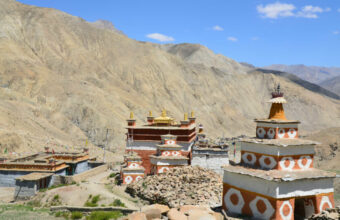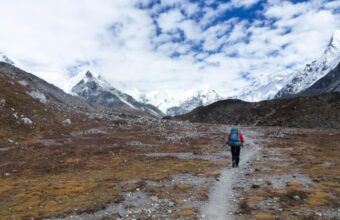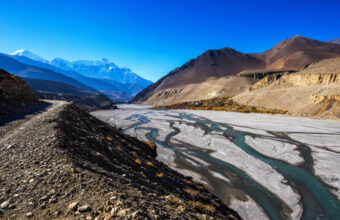Off the beaten track in Nepal
Lesser-known treks in Nepal
If you're going trekking in Nepal chances are you're already familiar with the big beasts; the world-famous Everest and Annapurna regions, and maybe the more accessible trails of the Langtang Valley. But as great as these regions are, there's no way I'd call them trekking off the beaten track.
Teahouse (lodge) trekking in Annapurna and Everest is a rite of passage and is most people's entry to hiking in the Himalaya. It's a lively, multinational, backpacker vibe, and is undeniably fun. But after you've made it to Everest Basecamp or seen the sunrise from Poon Hill, what's next?
Organised camping treks are a totally different experience to the standard teahouse trek. In my opinion, the biggest advantage of a guided camping trek is that it gets you away from the busy lodges and into huge swathes of upland Nepal that teahouse trekking simply cannot reach. You can explore for longer in the more remote and, dare I say it, more exciting areas of Nepal.
Here are a few of Nepal's quieter and lesser-known treks that will get you well and truly off the beaten track. They're all generally offered as organised camping expeditions, but it's worth shopping around with some specialist operators to get the best experience.
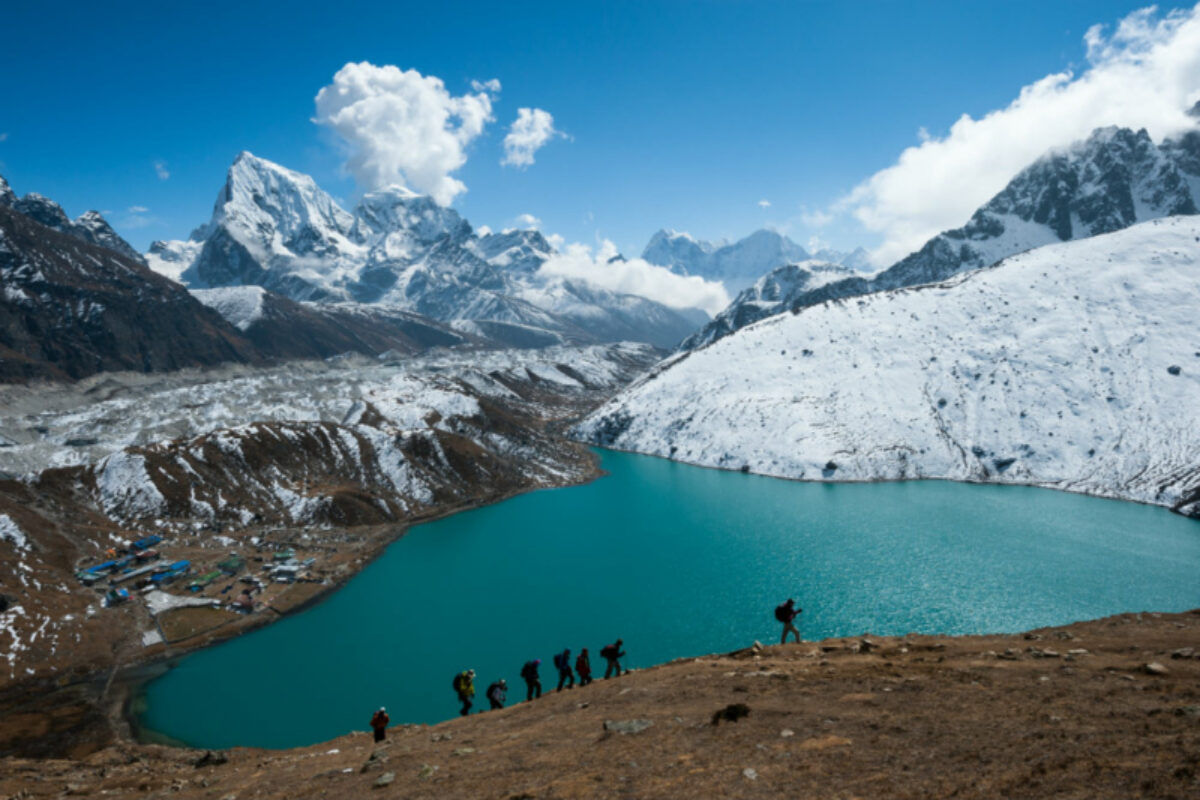
Gokyo Lake, in the Everest / Khumbu region
Lesser-known trekking trails in Nepal
Nepal's quieter & remote hiking routes
-
Khumbu (Everest) Region
View trips -
Annapurna Region
View trips -
Annapurna Region
View trips -
Far West Nepal
View trips -
Annapurna Region
View trips -
Upper Mustang
View trips -
Langtang region
View trips -
Manaslu region
View trips -
Dolpo region
View trips -
Makalu
View trips -
Kanchenjunga
View trips

